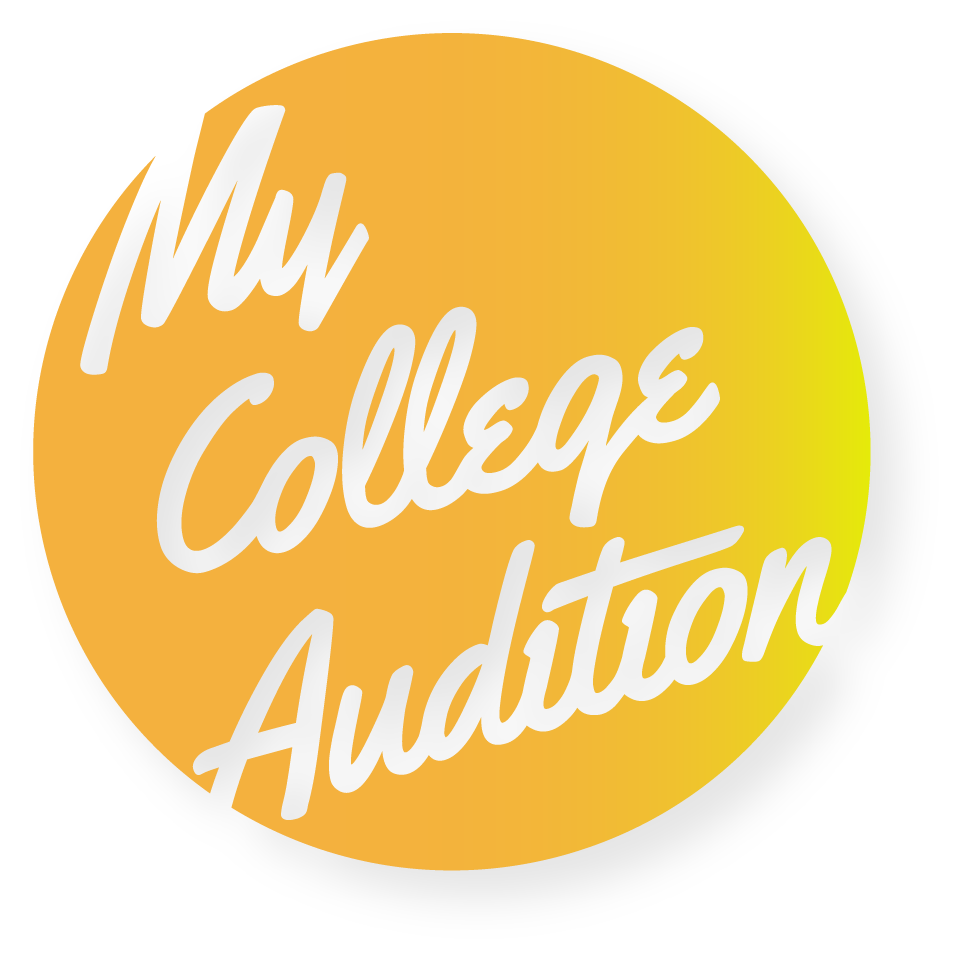
Organizing your Music Binder
Advice from Coach Justin Petersen
Having a well-organized, well-marked, and professional book takes some effort to assemble (and some time to maintain and keep current), but it will make you feel and look calm, cool, and collected no matter what is asked of you in your audition. You will look like a PRO, you'll be able to communicate with your pianist efficiently and accurately, and you'll make your pianist's life SO much easier, because they'll be able to play your songs just the way you want them!
Here are the guidelines:
NO plastic sheet protectors (even the non-glare ones are not great)
NO staples anywhere - a bleeding pianist is an unhappy pianist!
Avoid 'accordions', i.e. taping three or four pages together. This could end in disaster for you when the music falls off the stand. Some of you have done that and it makes me nervous that your music will go clattering to the floor.
Songs should be copied double-sided with appropriate cuts marked CLEARLY.
NO music should be in the binder that you are not prepared to sing.
NO FLOPPY BINDERS! Get a strong cardboard one at Staples.
The appropriate size binder is 1 to 1 1/2 inches.
Properly hole punched pages! Make sure each song 'lays' correctly in your book and looks nice.
Sheets in the book should be set up to MINIMIZE page turns. For some of you that will mean that your pages should be face to face from the beginning.
START and STOP locations MUST be notated in every selection. Pianists will play exactly what is written in your books, so be prepared for that! If you need a final chord played, that should be marked.
Key changes SHOULD be highlighted with yellow highlighter (as a courtesy).
Tempo changes should be marked in yellow (as a courtesy).
The title of each selection and length of cut should be on each song. For example, "O What a Beautiful Morning - 16 Bar Cut". There should be no confusion about which cut I'm playing.
Avoid using 'white out' in your book - it's messy. Instead, you should copy the music with white paper over it and block it out entirely (or edit the music digitally via a software like Mac’s Preview). White out tends to make pages heavy and clumpy and can make page turns wonky and slow. If that is too much trouble, you should use a black sharpie to cross out sections not to play.
BONUS POINTS: A table of contents TYPEWRITTEN at the beginning of your book.
BONUS POINTS: If you find it easier, you may want to group all cuts under one tab. For example, all full songs in one tab, all 32s in another, and 16s in another. This will help the pianist know what to play at any given time. If you KNOW you are ONLY going to sing your 32 bar cuts, please put them RIGHT in the front of your audition book. It will cut down on transition time for your audition.
Approaching Accompanist
ACTOR: (smiles to accompanist and sets book on the piano rack, open to their song.) Hi. This is "Buddy Beware" from Anything Goes. I'm starting from the top, but cut these two bars of intro [bars are crossed out in the score] and start here. I'll go straight through, taking the second ending [first ending is crossed out]. I take a little breath here, take some time here, and I do this fermata here. I end really loud, so I'd love a big finish. Tempo is [sings quietly and counts to fill in big rests]. "Buddy beware - two, three, four, five - buddy better take care - two, three, four, five." I'll nod when I'm ready. Thanks!
[cross to center of room and wait for the table to quiet down, smile!)
Hello! My name is XXXX and I will be singing "SONG TITLE" from "NAME OF SHOW" by "COMPOSER." [nods to pianist to start]
